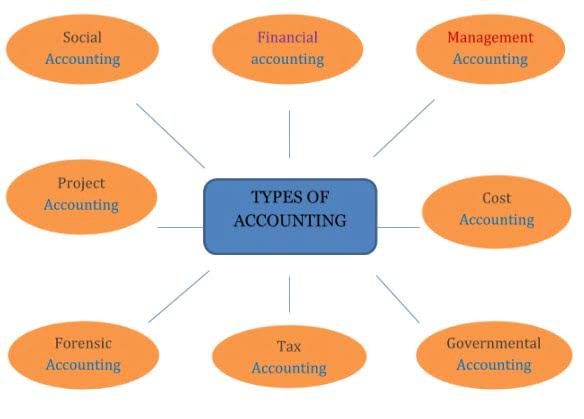
Apple’s total liabilities increased, total equity decreased, and the combination of the two reconcile to the company’s total assets. By comparing your business’s current assets to its current liabilities, you’ll get a clearer picture of the liquidity of your unearned revenue company. It’s wise to have a buffer between your current assets and liabilities to at least cover your short-term financial obligations.
- These financial statements are also key for calculating rates of return for your investors and for evaluating the capital structure of your business, both of which are essential processes.
- These frameworks ensure consistency and comparability across financial statements, which is essential for stakeholders who rely on this information for decision-making purposes.
- It should not be surprising that the diversity of activities included among publicly-traded companies is reflected in balance sheet account presentations.
- Balance sheets are important financial statements that provide insights into the assets, liabilities, and shareholders’ equity of a company.
Current Assets

A lender will usually require a balance sheet of the company in order to secure a business plan. Again, these should be organized into both line items and total liabilities. A negative balance is mostly seen in a checking account when a business has a negative balance. The negative balance occurs due to issuing checks for significant amounts of cash, that exceed the amount in the checking account. A financial professional will offer guidance based on the information provided and offer a no-obligation call to better understand your situation. It also highlights how this figure can play an important role in determining whether or not a company has enough capital to meet its financial obligations.

Balance Sheet Example
- How assets are supported, or financed, by a corresponding growth in payables, debt liabilities, and equity reveals a lot about a company’s financial health.
- By analyzing the balance sheet, stakeholders can gain insights into the company’s ability to meet its financial obligations and assess its overall financial health.
- When it is used with other tools, an investor can accurately analyze the health of an organization.
- Revenue represents the company’s sales or income, while equity reflects the ownership interest in the company.
- This practice is referred to as “averaging,” and involves taking the year-end (2023 and 2024) figures—let’s say for total assets—and adding them together, then dividing the total by two.
- Financial strength ratios can provide investors with ideas of how financially stable the company is and whether it finances itself.
Liabilities are what a company owes to others—creditors, suppliers, tax authorities, employees, etc. They are obligations that must be paid under certain conditions and time frames. To calculate equity on a balance sheet, the first step is to identify and quantify the company’s total assets. Current assets can include cash, investments, accounts receivable, and inventory, while non-current assets can include property, plant, and equipment, as well as intangible assets.

Stocks
That’s because a company has to pay for all the things it owns (assets) by either borrowing money (taking on liabilities) or taking it from investors (issuing shareholder equity). On a more granular level, the fundamentals of financial accounting can shed light on the performance of individual departments, teams, and projects. Whether you’re looking to understand your company’s balance sheet or create one yourself, the information you’ll glean from doing so can help you make better business decisions in the long run. Liabilities and equity make up the right side of the balance sheet and cover the financial side of the company. With liabilities, this is obvious—you owe loans to a bank, or repayment of bonds to holders of debt. Liabilities are listed at the top of the balance sheet because, in case of bankruptcy, they are paid back first before any other funds are given out.
Can You Use the Same Formula for Calculating Equity on a Balance Sheet to Calculate Earnings Per Share?

At some point, accumulated retained earnings may exceed the amount of contributed equity capital and can eventually grow to be the main source of stockholders’ equity. For this reason, many investors view companies with negative shareholder equity as risky or unsafe investments. Shareholder equity alone is not https://www.bookstime.com/ a definitive indicator of a company’s financial health. If used in conjunction with other tools and metrics, the investor can accurately analyze the health of an organization.

In addition to choosing a name, appointing directors, and filing certain documents, incorporation also involves issuing shares. Many businesses don’t officially start keeping track of the value of their equity until they incorporate. Our intuitive software automates the busywork with powerful tools and features designed to help you simplify your financial management and make informed business decisions. Our team is ready to learn about your business and guide you to the right solution. It also yields information on how well a company can meet its obligations and how these obligations are leveraged. This balance equity will make it easier for analysts to comprehend exactly what your assets are and where they came from.


